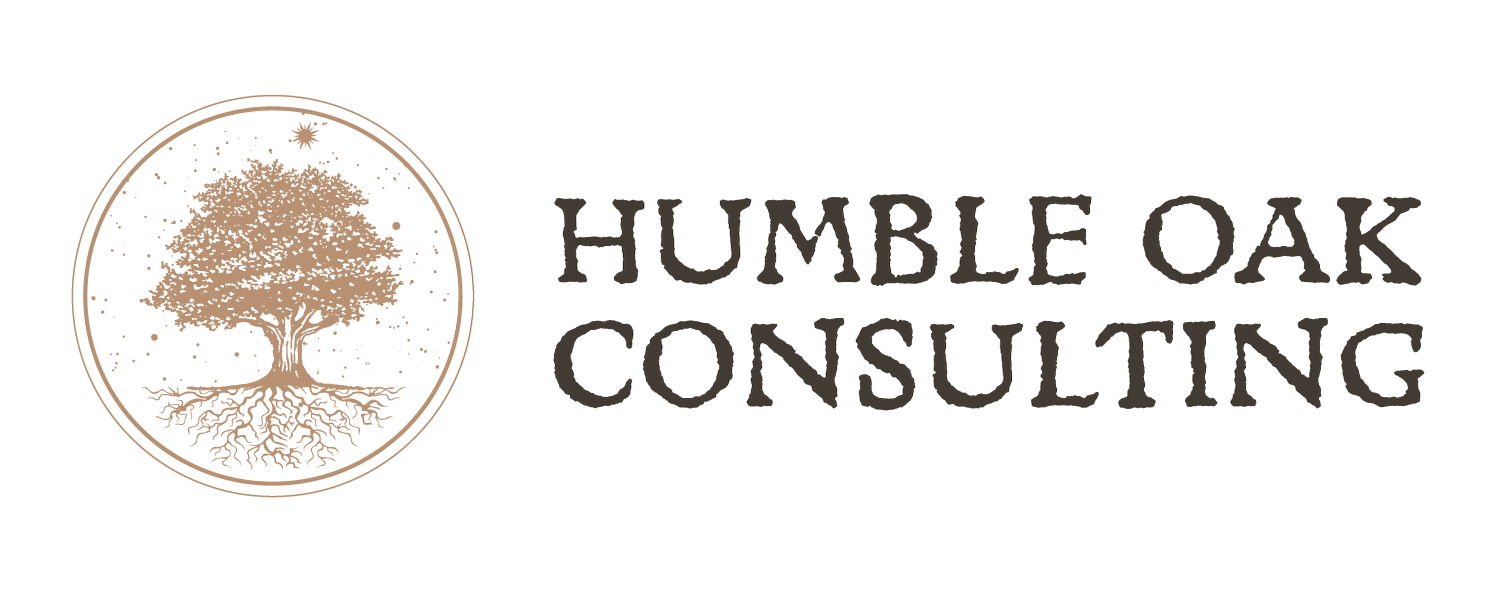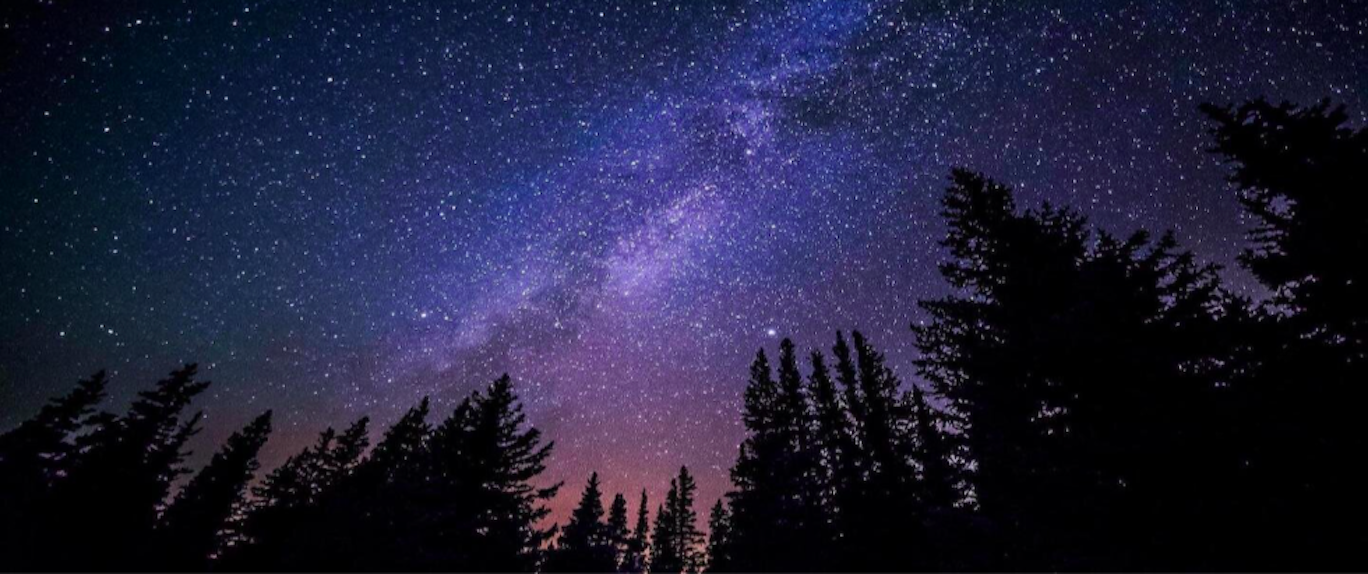“A Woman Who Lives Fully Is Prepared to Die at Any Time”
—Mark Twain
En route to a wedding this past weekend I read started The Midnight Library, in which the protagonist visits many possible lives she could have led as she grapples with death, regret, and eventually acceptance of the unknowable nature of life. While it was my fascination with the many worlds interpretation of quantum mechanics that led me to pick up this book, its treatment of death and especially regret got me thinking about what it means to live with awareness of our mortality this topic. At the end of this week we’ll celebrate Halloween, Dia de Los Muertos, and All Soul’s Day, holidays that invite us to celebrate and remember those we love who have died. In my view, part of honoring their legacy is inviting their deaths to inform how we live.
When I was a child, my mom first talked to me about the fact of her death when I was in middle school. My recollection is that I ran from her, crying into a pillow at the very thought. But as she poured optimism and hope into her journey with cancer, it became clear to me that I’d rather have the conversation with her while she was here, and that I could ease her anxiety for the future by hearing her memories, her wishes and her advice. When she died a few weeks after my high school graduation, I knew about her wishes for end of life care and was able to sit by her bed with her in our home until the minute she took her last breath.
I remember how grateful I felt for the time to sit with her and hear her stories. For the peace and uninterruptedness of repeatedly telling her I loved her. For the purity of crying until there were no tears left, in our own home. I recall how vividly I embraced life and the present moment in the months and years after she died. I wish my mom was still here, but she had to die and I felt she did it right.
Perhaps my up-close experiences with death in my adolescence made me feel more comfortable thinking about dying as an essential complement to life, just as we hear the saying that darkness helps us appreciate light. In my TFA days I taught a non-fiction reading lesson on death with dignity arguments. My students did fine with it but our building administrator did not. I realized that it was a topic most of society shied away from. Yet the presence of death had become a core part of how I approached my life. As I navigated jobs— from 18-year-old camp counselor to 28-year-old principal, people told me that I handled crises well. It’s easy to keep things in perspective, I always thought, when you’ve experienced a loss so complete and final as death.
When I studied public finance for my Masters, I was fascinated to learn how much individuals, and our society as a whole, spends on dying. Back in 2011 the Richmond Fed found that medical costs during the last 12 months of life averaged $80,000 per person. With the US population increasing (see Pew Research’s population estimates) and average medical costs during the last 12 months of life averaging $80,000 as far back as 2011, our society is on track to spend a whole lot on end of life care during (what I hope will be) my lifetime.
Interestingly, much of that expense comes from trying to keep patients alive as long as possible. As one study published by the NIH explains, “Hospice care not only improves the quality of end-stage care for patients and their families but also has a positive effect on medical costs… patients receiving hospice care can save [up] to US$7,097 per person compared with those receiving traditional care.” Yet many people don’t choose hospice, simply because they aren’t sharing plans for their death with the people they love. The Conversation Project says that “90% of people say that talking with their loved ones about end-of-life care is important. 27% have actually done so.”
My friends and I got talking this weekend about our respective parents’ approach to end of life planning. One friend has a mom who’s provided a packet an inch thick, detailing everything down to what she wishes to happen to her fountain pen collection. Another wasn’t sure what her mother wants for her death. I thought about my own father, with whom I’ve had good conversations but we still have some loose ends--even though we’ve experienced together how many hard decisions the end of my mom’s life held. While this doesn’t usually keep me up at night, as I tore through The Midnight Library I was reminded that even with 15 years of distance, I WANT the loss of my mom to remind me, and the people I love, of the preciousness of life every day. Part of that is considering what impact I want to leave. How do I want to be remembered? What are the regrets I need to make peace with? What are the things I want to stop waiting on and just do? How do I want my death to be for the people whom I love?
After all, it’s not about having the longest life we possibly can. It’s about living as fiercely as we possibly can within our allotted time. The Kaiser Family Foundation asked people what is most important in their own death. Most participants were focused on minimizing the impact we leave on those we love as we are navigating our transition out of this life.
Source: Kaiser Family Foundation
It sounds funny to say, but in my own experience I’ve found that the big reflections and concrete plans can go together. Just like life, y’all— it’s the sweeping sky full of stars, wind whipping down out of the mountains with a thunderstorm on its back, a surprise waterfall with a beautiful pool for skinny-dipping— and it’s having to pee, needing to eat, remembering to pack a toothbrush.
This reflection led me to wonder if I could leverage my own experience to help people approach the subject of death— not as an attorney or health care or spiritual professional, but rather as someone whose expertise is in helping groups of people make meaning together through connection, storytelling, and personal reflection.
I want us to see health care costs in our 'country go down. I want to see our experience of peace and contentment at the end of our lives go up. I want us to embrace ways of leaving our legacy beyond a stone in a graveyard— be that a special tree, a written memoir, or a scholarship fund. Most of all, I want the vigor of my living and those around me not to “wait for later”-- to take every chance to express my love, have fun, say I’m sorry and plant literal and figurative seeds that will bloom after I’m gone.
To that end, I’d love to ask for your insights: What are the most challenging parts of contemplating your death? What has helped you to make peace and accept it the most? What resources would you share?
And, I want to get your feedback on a new idea I’m contemplating: offering a five-week course on death. Through reflection, storytelling, and action, we’d explore:
What are the logistical things we can do to prepare our affairs and document our wishes?
How can we resolve regrets?
What does it look like to “live like you were dying?”
I’ll leave you with a poem that takes us back to the beginning of this post, to quantum mechanics, this time with a take on what happens when we die:
Do Not Stand at My Grave and Weep
by Mary Elizabeth Frye
Do not stand at my grave and weep,
I am not there, I do not sleep.
I am in a thousand winds that blow,
I am the softly falling snow.
I am the gentle showers of rain,
I am the fields of ripening grain.
I am in the morning hush,
I am in the graceful rush
Of beautiful birds in circling flight,
I am the starshine of the night.
I am in the flowers that bloom,
I am in a quiet room.
I am in the birds that sing,
I am in each lovely thing.
Do not stand at my grave and cry,
I am not there. I do not die.



